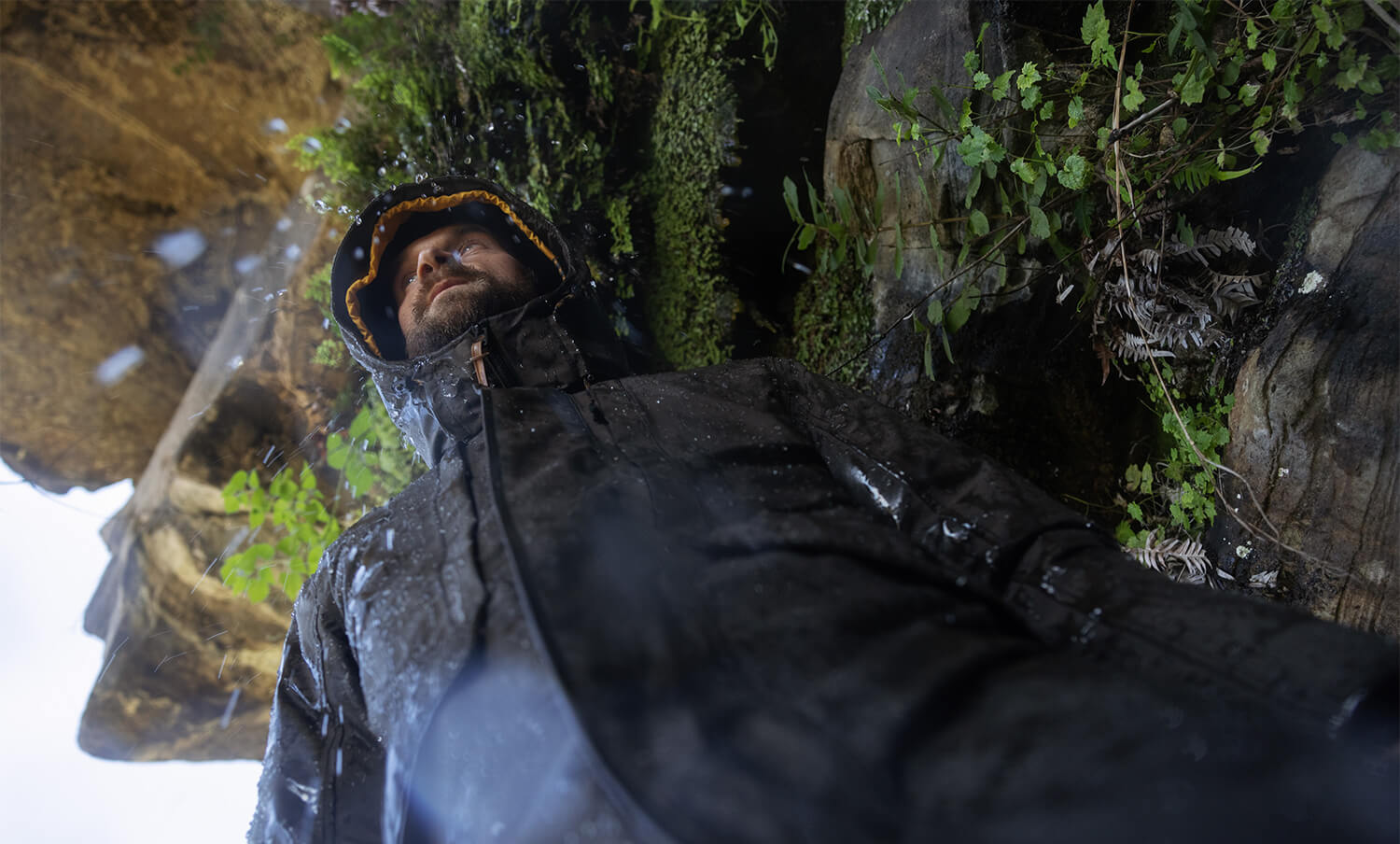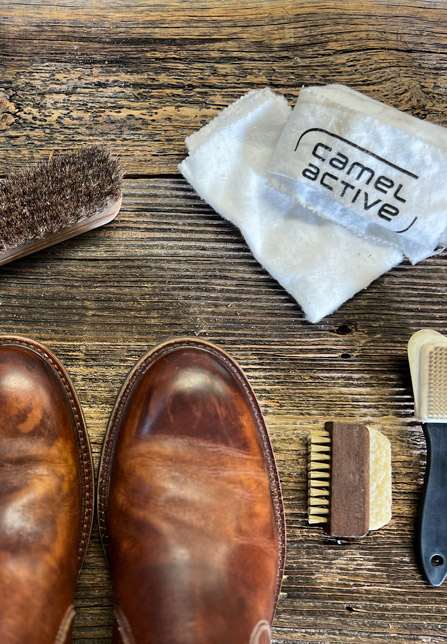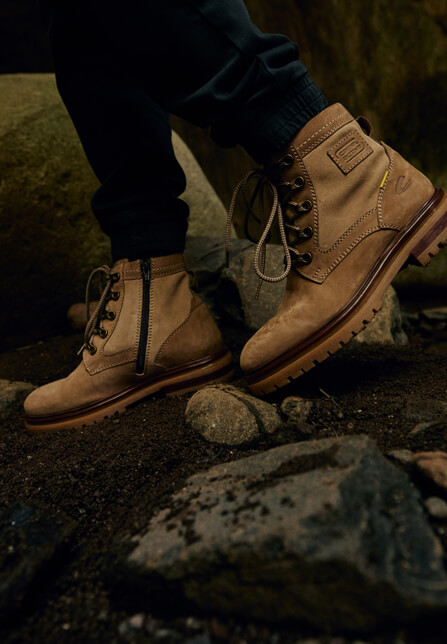

Washing a winter jacket properly - 5 important basic rules
Lined quilted jacket, carbon effect jacket or rainproof coat - no matter what type of winter jacket you want to wash, before it goes into the drum, be sure to follow these 5 rules to prepare:
- Take a look at the care label. The small label inside the jacket tells you whether it can be washed at all and if so, how hot, with or without a spin cycle, etc.
- Check all pockets for forgotten handkerchiefs or other items. Then close all zips and turn the winter jacket inside out for washing, if possible. If possible, remove appliqués beforehand and wash separately. A teddy collar, for example, should only be washed in a laundry net or, even better, by hand.
- Wash the jacket separately and do not put any other garments in the drum. Because you don't wash your winter jacket very often, discolouration can quickly occur.
- Stubborn stains are best pretreated: leave to soak for a short time and then wash. This ensures that the jacket is completely clean after a wash cycle.
- Pay attention to the load capacity of your washing machine. Especially for jackets in larger sizes or those with particularly heavy material, it can quickly happen that the jacket becomes too heavy when fully soaked. If in doubt, take your winter jacket to a professional dry cleaner.
Which detergent should I use to clean winter jackets?
Basically, a colour detergent without optical brighteners is ideal for cleaning most winter jackets. It is best to use a liquid detergent - for functional jackets it is best to use one with a membrane-preserving function like those for sportswear - otherwise there is a risk of detergent residue remaining in the seams. The liquid detergent also distributes well in the drum at low temperatures and shorter wash cycles and is easier to rinse out.
Products containing fabric softener, stain remover or bleach are generally not suitable for the care of winter jackets. They can affect the performance of the jacket - fabric softener, for example, can close the pores of breathable jackets.
Choosing the right wash cycle for a winter jacket
The right wash cycle for your winter jacket will have a label on most washing machines like 'easy care'. This means less mechanical action (lower spin speed and temperature), but the machine will run a little longer. This way, your jacket will be washed gently and in an energy-saving way. As far as the temperature is concerned, 30 - 40 °C is usually sufficient - check the washing label on the jacket. To protect the material and avoid creases, the jacket should be spun as little as possible. A reduced spin speed is usually used in the "easy care" wash cycle. If your machine has a higher preset spin speed, reduce it to a maximum of 900 revolutions per minute before switching on the machine.
Washing winter jackets by type -
finding the right care programme for your jacket.


Washing rainproof or weatherproof jackets correctly.
For weatherproof functional jackets, such as our teXXXactive® jackets, it is best to choose one with a membrane-preserving function. Special detergents for sportswear are particularly suitable for this.
If the impregnation no longer works after frequent use or repeated washing, i.e. the water no longer beads off, the jacket should be "re-impregnated".
There are three ways to do this:
- You can add a so-called "wash-in impregnation" to the detergent compartment after washing. This is the simplest solution, but you have to bear in mind that the impregnation can also get into places on the jacket where it doesn't belong at all - such as the inside of the jacket or a lined collar. However, this is usually not a problem and if you follow the instructions on the packaging, the wash-in impregnation method works well.
- Another option is to use a spray-on waterproofing agent, but make sure that it is applied evenly. To do this, hang the jacket on a hanger outside in the garden or on the balcony. Make sure that especially the critical areas - such as the shoulders, but also under the arms or on the Velcro fasteners - are wetted with the product.
- Last but not least, if you are unsure, you can always take your waterproof winter jacket to a dry cleaner for cleaning and re-impregnation.
In any case, after washing a rain or weatherproof winter jacket, a tumble dryer is helpful. The heat causes the molecules of the impregnation to align themselves optimally again and the function improves. If you don't have access to a dryer, you can shake the jacket a little while it is drying on the line or on a hanger.





DISCOVER MORE POSTS








